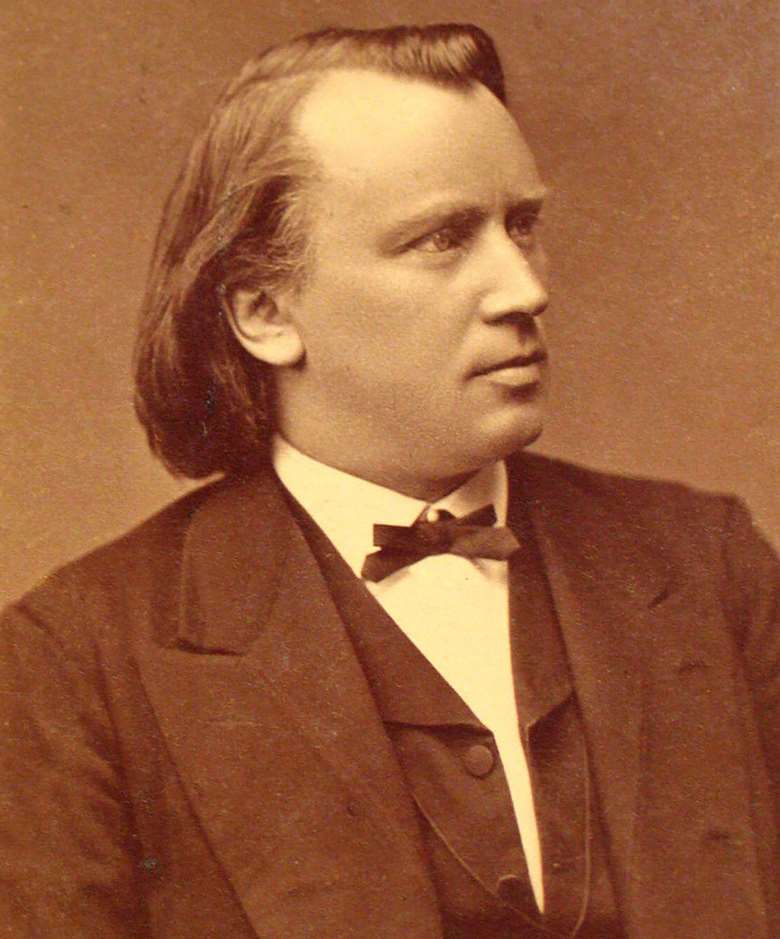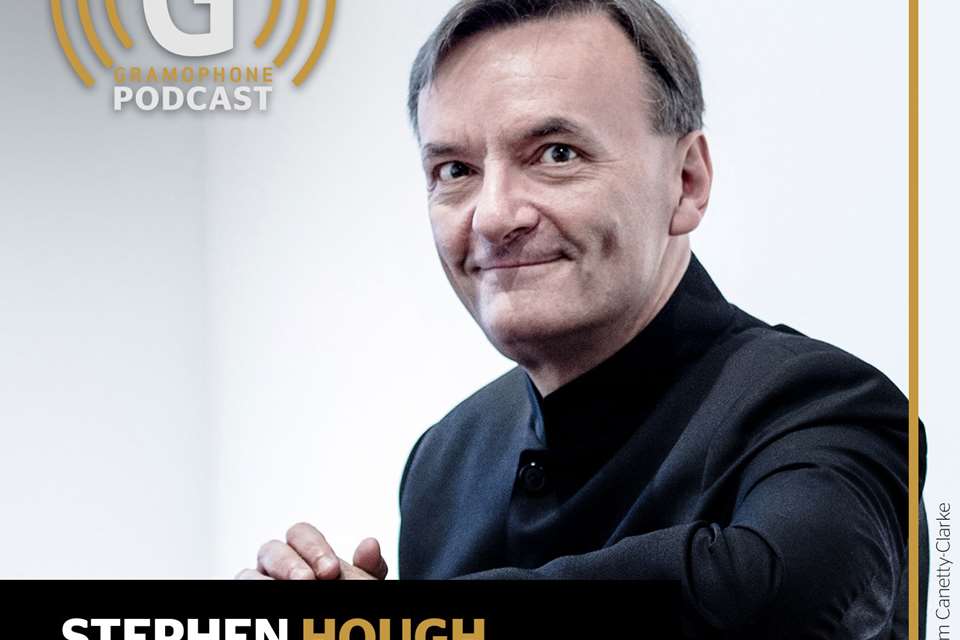Brahms’s Violin Concerto in D major, Op 77: a guide to the best recordings
Charlotte Gardner
Tuesday, November 7, 2023
Brahms’s Violin Concerto stands alongside Beethoven’s at the peak of the instrument’s repertoire. Charlotte Gardner makes a selection from almost a century of recordings

Register now to continue reading
Thanks for exploring the Gramophone website. Sign up for a free account today to enjoy the following benefits:
- Free access to 3 subscriber-only articles per month
- Unlimited access to our news, podcasts and awards pages
- Free weekly email newsletter












